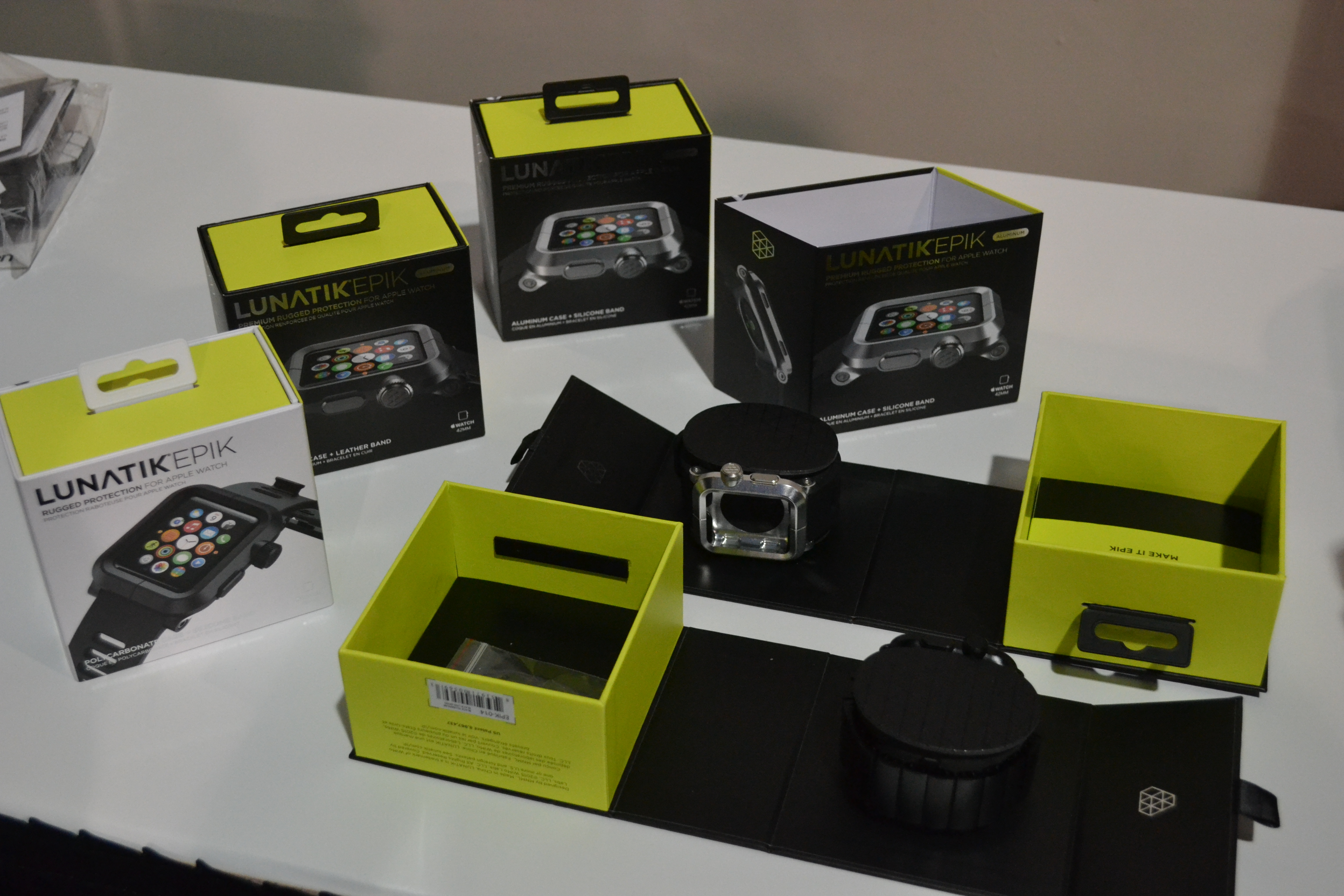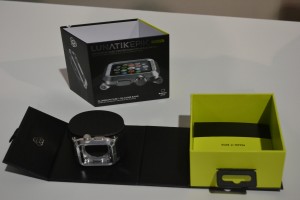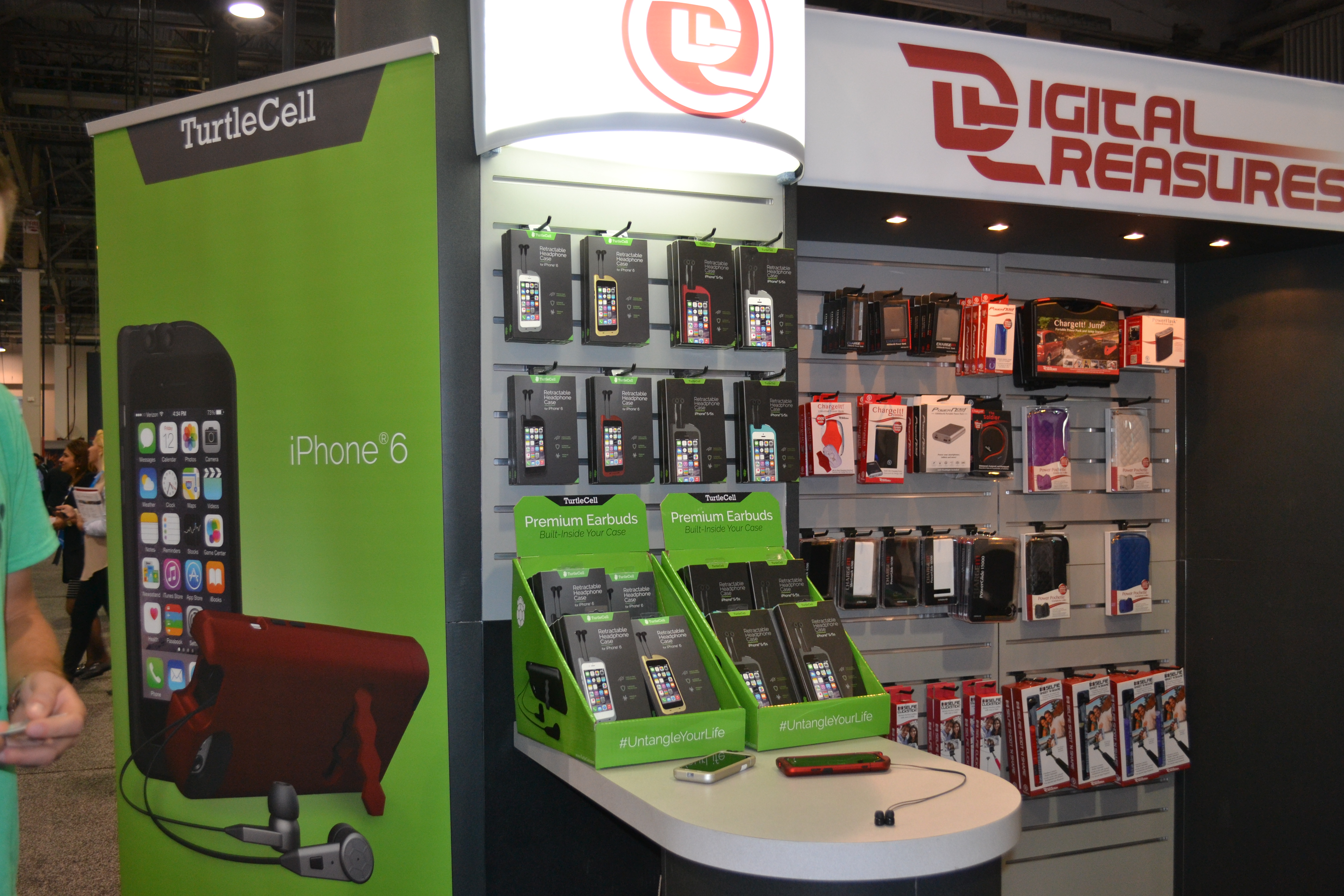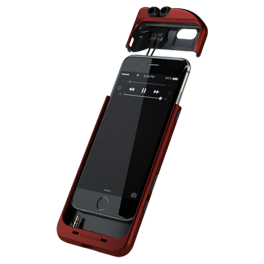
by Lidia Paulinska | Oct 23, 2015
“Revelations,” Alvin Ailey American Dance Theatre’s great masterpiece of modern American dance, was presented last evening along with three other spirited works for a one-night-only screening at selected cinema’s throughout the country, compliments of Fathom Events and Lincoln Center at the Movies: Great American Dance Series.
Alvin Ailey (1931-1989) founded AAADT in 1958 in New York City and it rightfully enjoys the distinction of being the first predominantly African-American modern dance company in the world. Ailey once remarked that he believed America’s richest treasures are to be found in our African-American cultural heritage … “sometimes sorrowful, sometimes jubilant, but always hopeful,” and indeed nowhere else in the vast panoply of the American dance tradition is that assessment more profoundly expressed than in his magnificent “Revelations,” Ailey’s 1960 paean to the rich spiritual tradition of the African-American experience in the gospel South.
“Revelations” is at once ritualistically soulful and rhythmically complex, incorporating as it’s musical motive force an array of deeply moving and spirited African-American gospel music and holy sermon blues reflecting the Black experience in America.
Ailey once described “Revelations” as a visceral recollection of a childhood in rural Texas during the Great Depression. It is a dance of deep human compassion, moving by turns from mournful oppression and sin (“Baked and I Been Beaten”) to redemption (“Fix Me Jesus”) and finally to ecstatic jubilation (“I Wanna Be Ready”), fostering a sense of reverent and rapturous community and inviting the audience to join in the redemptive celebration at evening’s end. And it is perhaps this vital sense of community, the immediacy of the connection Ailey creates between performer and audience,that has contributed to the enduring success of this masterpiece for fifty-five years … and running.
Complimenting this thematic content, one will find in the very make-up of the ensemble a communal structure. For example, what will not be found in Ailey’s troupe of highly trained performers is a prima ballerina or her male counterpart, a premier danseur, “star” principal dancers like those found in classical ballet companies such as the New York City Ballet or the Bolshoi, whose traditions and techniques date back to the 17th Century royal courts of Europe.
Another distinguishing feature of AAADT and modern dance in general which dramatically sets it apart from the classical tradition is not only a more “democratic” sense of ensemble, but also it’s musical sources (by contrast, the ballet typically utilizes works by such composers as Bach,Tchaikovsky, and others). Most obviously however is Ailey’s basic movement techniques and patterns, emphasizing linear line, horizontal “grounded” movement, and intertwining body images as opposed to the two dominant values found in classical ballet: jumps and leaps or so-called ballon, creating the illusion of the dancers momentarily floating in the air, and the tradition of performing with “turned out” hips and legs with the full weight of the body concentrated on the tips of fully extended feet, creating an unmistakable vertical line.
The Alvin Ailey American Dance Theatre’s iconic “Revelations” has been best described by The New York Times as being one of the great works of the human spirit.” It stands resolutely for what is good about America and humanity in general, and for this reason alone it’s immortality is assured.
Review by Lidia Paulinska and Hugh McMahon

by Lidia Paulinska | Sep 30, 2015
This is just a beginning of our journey with wireless. It is taking over very quickly. It has transform the world and our economy. Wireless is what we relate to and interact with the world. Wireless is undeniable platform of the future for innovation.
In 1926 Nikola Tesla uttered these visionary words. “When wireless is perfectly applied the whole earth will be converted into a huge brain. We shall be able to communicate with one another instantly, irrespective of distance. And the instruments through which we shall be able to do this will be amazingly simple compared with our present telephone.”
Today, 90 years after Tesla’s prediction, wireless has revolutionized our world. Every morning more than one of third of us reach for our smartphone. 81 % of us keep our phone by our side all day long. Wireless is taking over. 75 % of our social network time is spent on mobile devices. Mobile influenced sales in stores has reached nearly $600 Million. Additionally, 6 out of 10 smartphone users looked up a health condition on the phone in the past year, so it is not just for retail.
Does anyone remember how our office desk was crowded in the past? It looked like a cluster of equipment including a computer, a keyboard, a mouse, fax machine and phone; along with necessary things as such: a contacts book, a calendar, a calculator and others? On the wall above a desk was a board with emergency contact information and a schedule for the week, finishing the office décor was a hanging memorable picture? Nowadays, the memories are faded. Today our desk cluster is replaced by smartphone with hundreds of applications.
Did you know that all the photos ever taken on film are outnumbered by digital pictures taken just this year?
And today we are standing on the crest of another revolution. Wireless not just connect the people, wireless will be connecting everything. A remarkable 4G platform already gave us a glimpse for the future by introducing us to Internet of Things. Today nearly quarter of mobile traffic comes from something other than a phone. At The CTIA conference in Las Vegas this year an introduction to 5G was taken place what means more wireless data traffic. Soon 99 % of the objects in our physical world will be wirelessly connected.
This will have machines talking to each other to bring together the comfort of our home, automobile, work, play, entertainment, hobbies, shopping, health and provide information on what to do next. The wireless revolution is just starting as it shifts from people as the communication starters to products and appliances that need to talk 24/7 and update all the devices that will be needed next based on your activity. Mobile, health, connected home, and energy drive the next marketplace for the wild world of wireless.

by Lidia Paulinska | Sep 21, 2015
September 2015 – At the CTIA Super Mobility event in Las Vegas we met with the representatives of Lunatik and had a chance to see their new products for support of the Apple iWatch. The company has been around for several years making innovative protection products for the mobile marketplace all with a high degree of style and precision manufacturing. The Founder and Chief Creative Officer, Scott Wilson, is an American entrepreneur and award-winning designer, best known for simultaneously sparking the crowdfunding and wearables movements with his 2010 TikTok+Lunatik Kickstarter project.
The premier product they were showing us this year as the new Epik case and band for the current 42mm Apple watch. The Epik watch kit products are available in two different basic materials, a polycarbonate case and an aircraft grade aluminum versions. The aluminum version, which we tested, is available in both a base “silver” aluminum color and a black coated aluminum version. We tested the black version with the black leather band, the watch kit is also available with a metal link bracelet.
As the watch kit is designed for the fairly large 42mm Apple watch, the kit is fairly heavy (36g) and adds additional dimension to the watch. The black powder coated design with the black leather band is targeted at the male user community and makes a strong visual statement. It is also targeting use by physically larger individuals (over 5’8”) who have a large frame and wrist size to allow the 2.17” case to sit flat on their arm. 
To supplement the aluminum case, the kit features stainless steel buttons, control/scrolling crown, and assembly screws for strength and durability. The watch kit does not include a top cover for the watch to minimize bulk, but is compatible with the majority of edge-to-edge screen protection products that are approved for the iWatch.
The retail box comes with an installation guide in the box that has both illustrations and words. It however, does not include directions on how to remove the watch module from the original band provided by Apple, but that step should be self-explanatory.
The watch kit has a number of subtle design elements, beveled edges, smooth corners, rolled lips on the top of the case and smooth easy to make adjustments and action on the strap and the connection to the case. The design is not just functional but enhances the artistic design to a standard format digital watch. The watch kit is currently available direct from Lunatik and other retail outlets.

by Lidia Paulinska | Sep 15, 2015
September 2015 – There were many booths with phone & tablet accessories at CTIA 2015 show but some of those accessories deserve to be noticed. The retractable headphone case for iPhone 6 produced by Turtle Cell is one of the interesting high quality products with a good price point. The product is already at the market for the iPhone and will soon be available for the Samsung Galaxy S6. The case has a high quality finish and feel with an easy to grip pattern in four colors: gold, silver, black and red. It is a solid feeling design and its integrated kickstand is easy to operate. For the audio connection it has a button for the headphone control. It has a switch to disconnect the headphones while still in the case that let you use the iPhone as a speakerphone or hold it against your head as normal. Sound quality is exceptional from the earbuds due to the design with neodymium driver which offers a full 20kHz response, full CD sound range. For  normal phone applications, it delivers a clear voice while talking. The package mentioned that the product is drop resistance but there is no certification rating. The retail box consists of: a case with headphones, instructions, extra ear tip, photos on the box how to use it and a quick illustration guide without words. Overall, the Retractable Headphone Case for iPhone 6 produced by Turtle Cell is very well made, feels good to the touch and deliver good sound to the ears.
normal phone applications, it delivers a clear voice while talking. The package mentioned that the product is drop resistance but there is no certification rating. The retail box consists of: a case with headphones, instructions, extra ear tip, photos on the box how to use it and a quick illustration guide without words. Overall, the Retractable Headphone Case for iPhone 6 produced by Turtle Cell is very well made, feels good to the touch and deliver good sound to the ears.

by Lidia Paulinska | Sep 1, 2015
August 2015, Siggraph – Two panelists came from Amsterdam to attend Siggraph 2015 and at the Lenovo’s panel share discussion about their new project. Tim Geurtjens and Gijs Van Der Velden are co-founders of MX3D, a company researching and developing groundbreaking robotic 3D printing technology. They developed 3D large scale printers that allowed printing large structures and different materials including plastic, stainless steel and aluminum. Tim and Gijs recently came up with an ambitious plan to build a steel bridge over the canal in Amsterdam. Geurtjens confessed that idea of building a bridge using 3-D printing techniques started with frustration about the 3D printing market. “We use 3D printers all the time, but they make only the small parts. We asked the companies that manufacture 3-D printers to develop printers for large parts but the companies were not interested in developing them” said Guertjens, “so we decided to do it on our own.”
Tim and Gijs discussed their plan to build a 3D printed steel bridge over the canal in Amsterdam. “We want to show the world what that technique could do”. The founders of MX3D are getting government support for this project as the city officials are really interested in presenting Amsterdam as an innovative and progressive city. Even though they invented the technology, they estimate that it will take them a year to understand fully, the capacity and the limits of their technology in an outdoor application and do a design. The starting date is set for spring 2017 and with an estimate to take 3-4 months to print the bridge. The most interesting thing about this 3-D image technique is that we can not only print the building as a new object, but we can use the multi-robots in the system to build in place from an existing structure. In that case, the projects can be of unlimited size” said Geutjens.
Using these 3D printing techniques, it is possible to recreate things. Geurtjens sees the printers as an extension of the existing techniques. Currently, there is a Chinese company that is us using additive manufacturing to print buildings, but it is more efficient and most appreciated, if we use the technology to create additional decorative pieces. It is well known that decoration is the heart of architecture. The use of computers and printers allows these designs to be extravagant, as it does not matter how complex the pieces are. Why use traditional techniques if we can add to them with the time and money consuming details?






